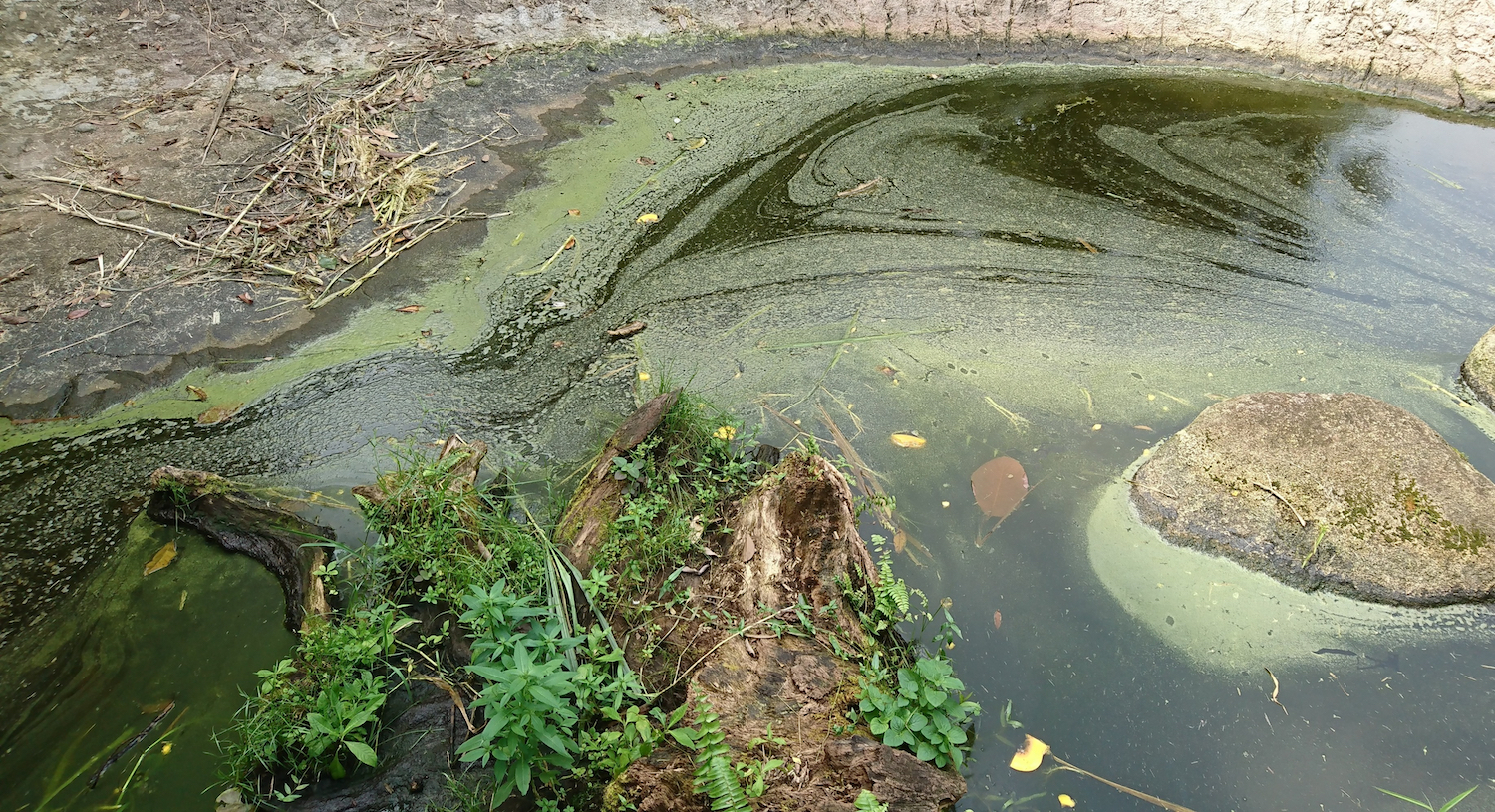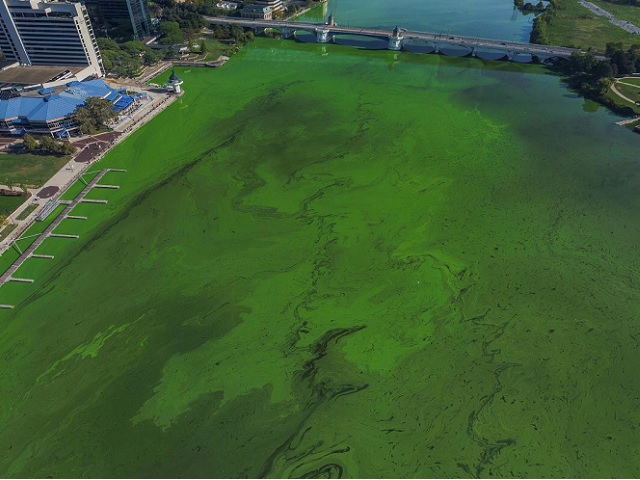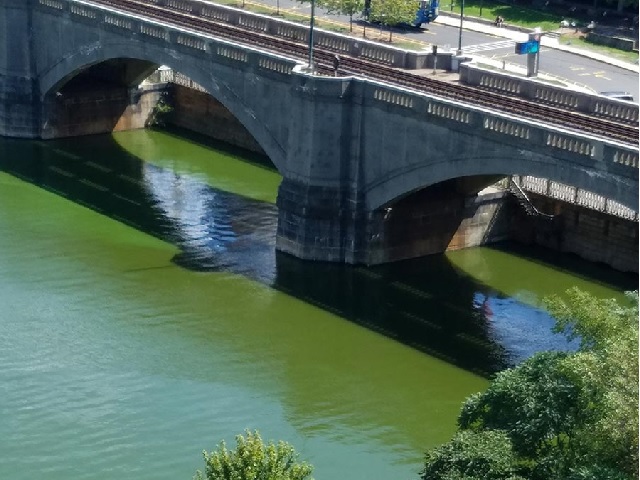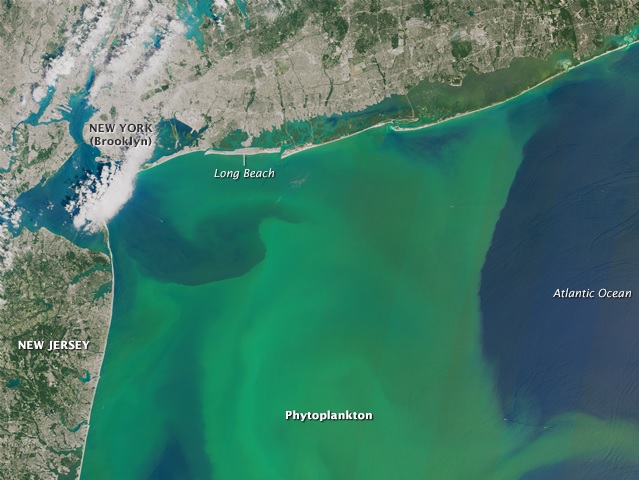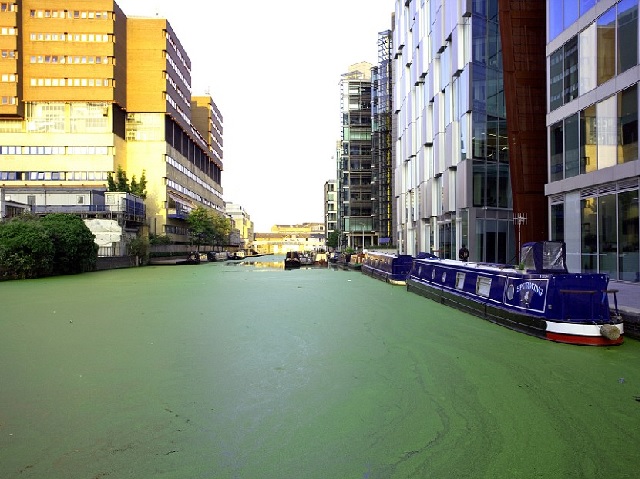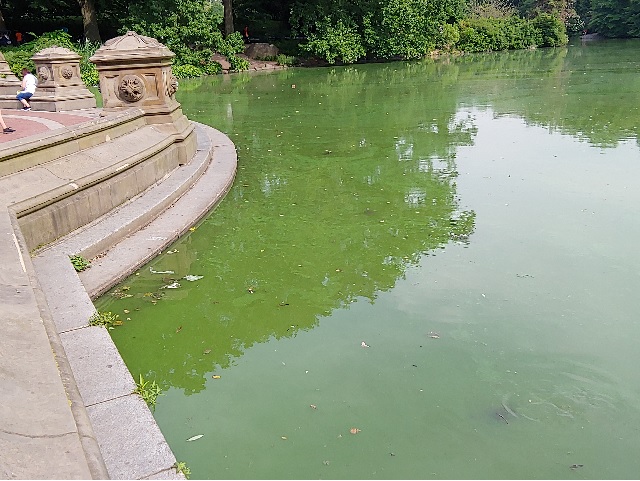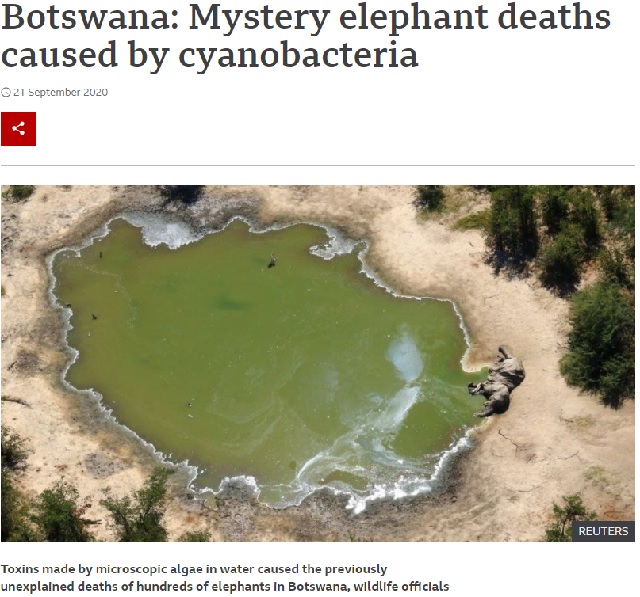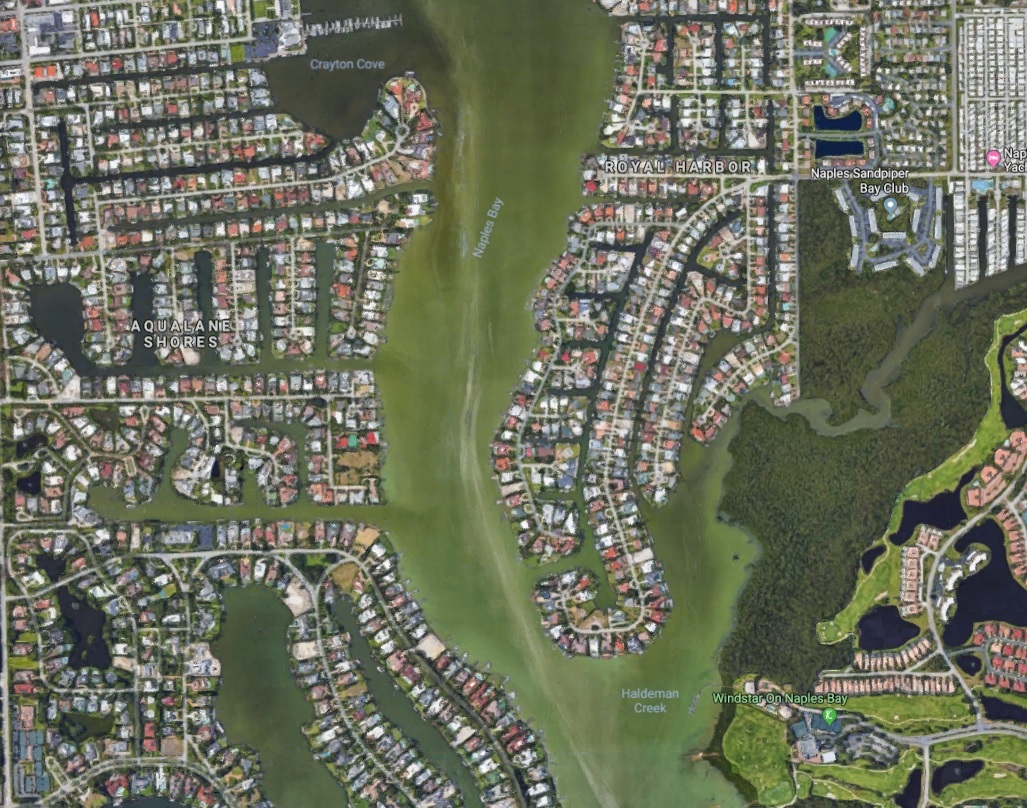Introduction
In the beginning
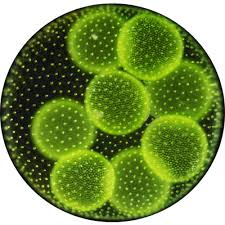 Algae is one of the oldest organisms on Earth, some species date back 3.5 billion years. At some point
algae acquired the capability of photosynthesis, and the release of molecular Oxygen (O2) into the
atmosphere caused the first mass extinction event making it possible for animal life to exist. We owe our
very existence to algae. We commonly credit land plants and forests with being the "lungs" of our planet
but algae, was actively increasing the oxygen content in our atmosphere for 2.5 billion years before land plants
evolved from... algae.
Algae is one of the oldest organisms on Earth, some species date back 3.5 billion years. At some point
algae acquired the capability of photosynthesis, and the release of molecular Oxygen (O2) into the
atmosphere caused the first mass extinction event making it possible for animal life to exist. We owe our
very existence to algae. We commonly credit land plants and forests with being the "lungs" of our planet
but algae, was actively increasing the oxygen content in our atmosphere for 2.5 billion years before land plants
evolved from... algae.
Bloom basics
There are four ingredients to an algae bloom; sunlight (obviously) warm water, carbon dioxide and fertilizer. When these four ingredients are at the right levels, algae has the capacity to double its mass every six hours. If we consider that the trend-lines for three out of the four of these ingredients is sharply upwards, summers world-wide today are longer and hotter, CO2 growth is accelerating, and fertilizer use is increasing. It is easy to see that we are looking at perfect storm conditions for explosive algae growth world-wide.
It should be remembered that algae blooms are a natural component to a healthy lake ecosystem; and a lake may experience dozens of low level algae blooms in a season without any harm. As excess nutrients enter the lake the algae responds by reproducing rapidly to consume the nutrients. Once these excess nutrients are consumed, the algae "dies back" to a normal, sustainable, level. In one respect this is similar to the Inflammation Response in our own bodies. When tissues are injured, a process begins to get the resources needed to repair the damage and fight any possible infections. The Inflammation Response becomes a problem however, when the trauma is too extensive, or is triggered by a chronic condition, In the first case it can put the body into shock, and in the secod a chronic Inflammation Response can cause damage to other tissues throughout the body.
Algae, like all photosynthetic organisms, live with a very slight (about 1%) energy surplus. When exposed to sunlight the algae take in water and carbon dioxide, and utilizing photosynthesis transforms these into carbohydrates to fuel the algae's growth. The byproduct of this process is waste molecular oxygen. The process of photosynthesis however is very damaging to the algae, and much of the energy gained is consumed rebuilding the algae, giving it a fractional energy gain of about 1%. In the rebuilding phase the algae takes back some of the oxygen. When the algae dies, bacteria consume the algae. This process further depletes the oxygen available in the water. As long as the algaebloom is not too large, this oxygen depletion (hypoxia) is localized and temporary. Current flows will mix oxygen rich water from other parts of the lake, and some oxygen will be absorbed from the atmosphere.
When the quantity of nutrients is too high, a catastrophic level of algae growth will be triggered. The
water will become like pea soup. At these levels the fish in the water will be unable to find their
customary food items, mosquitoes will proliferate, and bottom dwelling plants will begin to die for lack of
sunlight. In the terminal stage, thick floating mats of decomposing algae will begin to form at the
surface, further damaging the ecosystem. At this point the water becomes completely depleted of dissolved
oxygen and becomes a “Dead-Zone”, killing all the fish and most of the other organisms. As the algae
decomposes phosphorus will again be released into the water and flow downstream where it can trigger other algae
blooms. Eventually the phosphorus reaches the coastal wetlands. Ninety percent of life in the ocean
depends on a coastal wetland for some portion of it’s life, so the “Dead-Zones” triggered in coastal wetlands
are particularly damaging. In 2017 the “Dead-Zone” in the Gulf of Mexico was 8,200 square miles, and is
becoming larger each year.
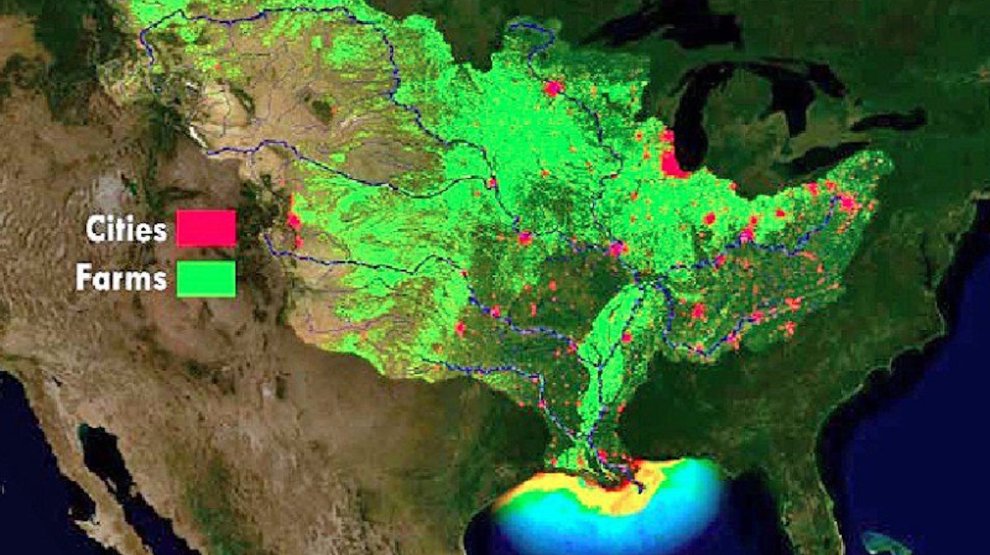
Many coastal waters world-wide are becoming dangerously hypoxic and in 2017 over 400 “Dead-Zones” were
reported.
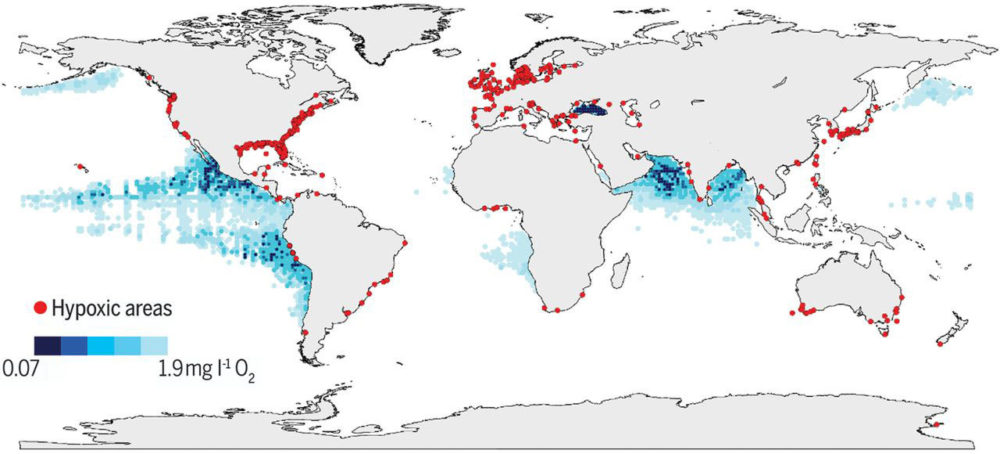
The long-term repercussions of these repeated coastal dead-zones has impacts beyond their effect on our fisheries. It is becoming evident in the health of marine mammals and their annual migration patterns as well. For the first time, during the 2017-2018 North Atlantic Right Whale breeding season, no calves were born. This only happens when the females are starving. For the last five years every calf born in the Pacific North-West resident, fish-eating, population of Killer Whales, has died because their mothers were unable to produce enough milk to feed them. In March 2016, thirteen starving Sperm Whales beached on the coast of Germany. In December 2016 an astonishing 337 Sei Whales died in Chile, their deaths have been linked to a massive Algae Bloom that made the fish toxic.
The ultimate cause of the Algae Bloom crisis is the quantity of phosphorus entering our waterways. Ironically a major source is farmers growing corn for ethanol and the switch to environmentally friendly "no till" agriculture. This switch has lessened the soil loss but has increased the quantity of phosphorus in the water since the fertilizers are more likely to be washed off the fields in heavy rains, which are more frequent due to climate change. But farmers are by no means the only source of the problem. Home owners over use lawn fertilizers that wash into streams. Ponds, lakes and fresh water reservoirs are inviting to large populations of birds that are protected against predators, these concentrations are detrimental to water quality. The housing boom in Florida led to vast numbers of homes being built with poorly designed and poorly constructed septic systems that are increasingly leaching into the groundwater. Most significantly, untreated raw sewage flows into our rivers every time it rains. In Philadelphia, for instance, 60% of homes have their rain gutters directly connected to the sewage line, when a heavy rain overtaxes the sewage system, the mixture overflows directly into the adjacent rivers. Fixing all of these issues is critical to really addressing the Algae Bloom crisis, but it will likely cost over a trillion dollars in infrastructure repairs alone. Not to mention figuring a way to fix the fertilizer problem on farms, building vegetative buffers around all lakes and streams to absorb nutrients and convincing homeowners not to fertilize their lawns. This is truly a "Death by a thousand cuts".
Current Algae News
